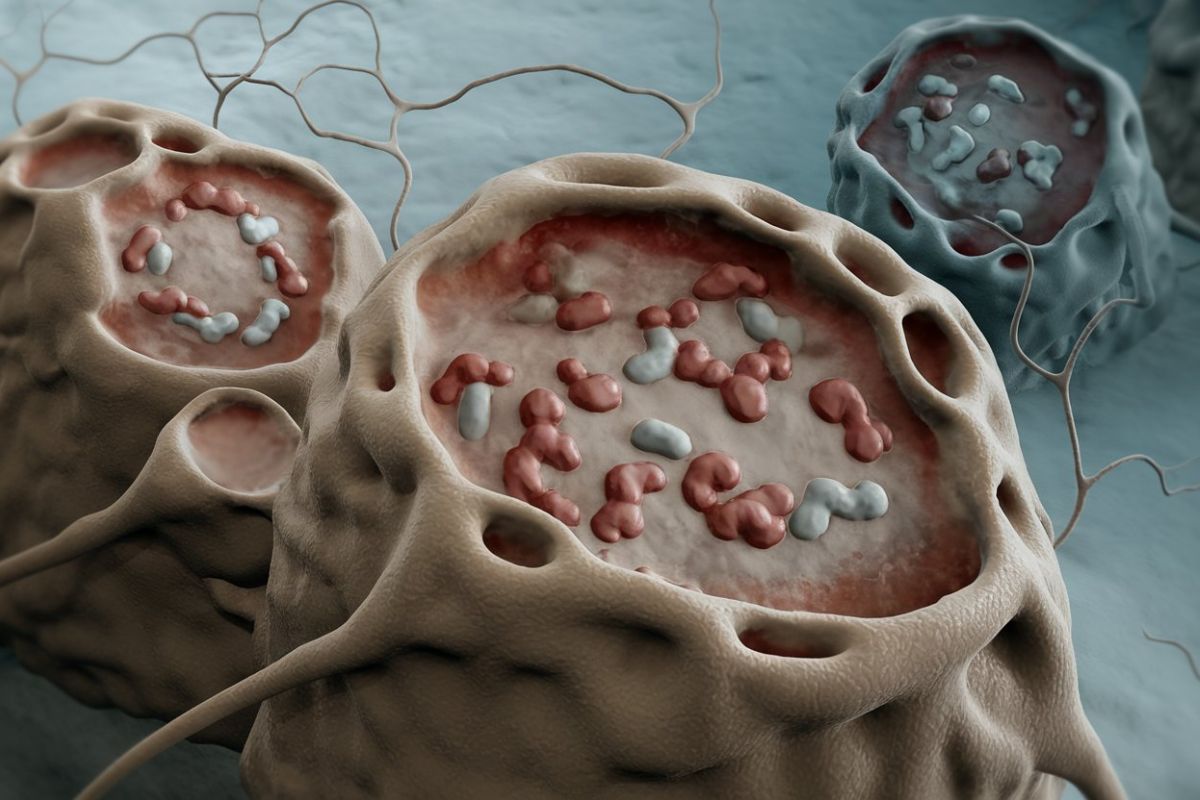
Urogenital adysplasia is a rare condition that affects the development of the urinary and genital organs. What causes urogenital adysplasia? The exact cause remains unknown, but it is believed to involve genetic mutations and environmental factors during fetal development. This condition can lead to various complications, including kidney problems, urinary tract infections, and reproductive issues. Understanding urogenital adysplasia is crucial for early diagnosis and effective management. In this blog post, we will explore 25 intriguing facts about urogenital adysplasia, shedding light on its symptoms, diagnosis, treatment options, and the latest research. Whether you are a medical professional, a student, or someone seeking information, these facts will provide valuable insights into this complex condition.
Key Takeaways:
- Urogenital adysplasia is a rare condition affecting urinary and genital organs, requiring early diagnosis and a combination of medical and surgical treatments for better outcomes and quality of life.
- Ongoing research in urogenital adysplasia aims to understand its genetic basis, explore stem cell therapy, and improve prenatal imaging techniques, offering hope for future advancements and better care.
What is Urogenital Adysplasia?
Urogenital adysplasia is a rare congenital condition affecting the development of the urinary and genital organs. It can lead to various complications and requires careful medical management. Here are some intriguing facts about this condition.
-
Urogenital adysplasia is a congenital disorder, meaning it is present at birth.
-
The condition can affect both males and females, though the specific organs impacted may differ.
-
In males, it often involves the absence or malformation of the kidneys, bladder, or urethra.
-
Females with urogenital adysplasia may experience underdeveloped or absent reproductive organs, such as the uterus or vagina.
-
The exact cause of urogenital adysplasia remains unknown, though genetic factors are believed to play a role.
Symptoms and Diagnosis
Recognizing the symptoms and diagnosing urogenital adysplasia early is crucial for effective treatment. Here are some key points to consider.
-
Symptoms can vary widely depending on which organs are affected.
-
Common signs include urinary tract infections, difficulty urinating, and abnormal genitalia.
-
Ultrasound imaging is often the first step in diagnosing the condition.
-
Additional tests, such as MRI or CT scans, may be used to get a clearer picture of the affected organs.
-
Genetic testing can sometimes help identify underlying causes or associated syndromes.
Treatment Options
Managing urogenital adysplasia involves a combination of medical and surgical interventions. Here are some common treatment approaches.
-
Surgical reconstruction may be necessary to create or repair missing or malformed organs.
-
In some cases, kidney transplantation is required if the kidneys are severely affected.
-
Hormone therapy can help manage symptoms related to underdeveloped reproductive organs.
-
Regular monitoring and follow-up care are essential to address any complications that may arise.
-
Psychological support is often beneficial for patients and their families to cope with the challenges of the condition.
Impact on Quality of Life
Living with urogenital adysplasia can present unique challenges, but many patients lead fulfilling lives with proper care. Here are some aspects to consider.
-
Early intervention and treatment can significantly improve outcomes and quality of life.
-
Patients may need to adapt to lifestyle changes, such as dietary modifications or regular medical appointments.
-
Support groups and counseling can provide valuable emotional and social support.
-
Advances in medical technology and surgical techniques continue to improve the prognosis for individuals with urogenital adysplasia.
-
Education and awareness about the condition can help reduce stigma and promote understanding.
Research and Future Directions
Ongoing research aims to better understand urogenital adysplasia and develop new treatments. Here are some exciting developments in the field.
-
Scientists are exploring the genetic basis of the condition to identify potential targets for therapy.
-
Stem cell research holds promise for regenerating damaged or missing organs.
-
Advances in prenatal imaging techniques may allow for earlier diagnosis and intervention.
-
Collaborative efforts between researchers, clinicians, and patient advocacy groups are driving progress in the field.
-
Increased funding and awareness can help accelerate research and improve outcomes for those affected by urogenital adysplasia.
The Final Word on Urogenital Adysplasia
Urogenital adysplasia, a rare congenital condition, affects the development of the urinary and genital organs. Understanding its complexities helps in early diagnosis and better management. This condition can lead to various complications, including kidney issues and reproductive challenges. Early intervention and regular medical check-ups are crucial for managing symptoms and improving quality of life.
Advancements in medical science offer hope for those affected. Genetic counseling and specialized treatments can make a significant difference. Awareness and education about urogenital adysplasia are essential for reducing stigma and providing support to patients and their families.
By staying informed and proactive, individuals can navigate the challenges posed by this condition more effectively. Remember, knowledge is power. The more we learn about urogenital adysplasia, the better equipped we are to support those living with it.
Frequently Asked Questions
Was this page helpful?
Our commitment to delivering trustworthy and engaging content is at the heart of what we do. Each fact on our site is contributed by real users like you, bringing a wealth of diverse insights and information. To ensure the highest standards of accuracy and reliability, our dedicated editors meticulously review each submission. This process guarantees that the facts we share are not only fascinating but also credible. Trust in our commitment to quality and authenticity as you explore and learn with us.
